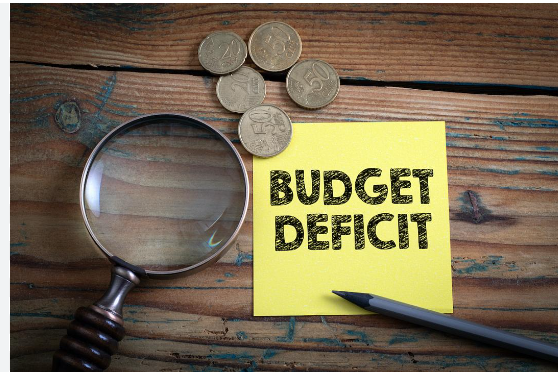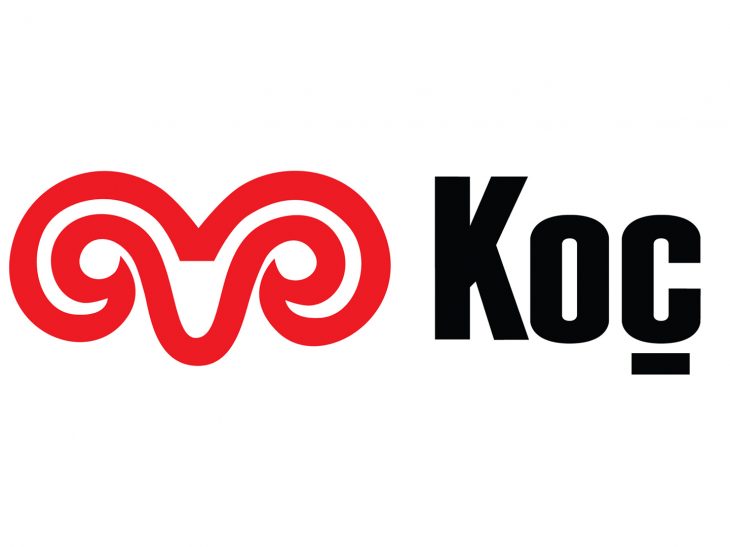Macro Focus: In 10M21, only 1/3 of the budget deficit target completed
 piyasalar
piyasalar
In October, budget gave a deficit of TRY17.4bn (Oct.20: TRY-4.9bn, Sep.21: TRY-23.6bn). Despite, there was no consensus available for the data, Treasury cash balance (leading indicator), gave TRY5.2bn of deficit in October, lower than TRY 1.5bn compared to same period in the previous year. Hence, we could say the budget deficit (higher than TRY 12.5bn in YoY basis) gave a weaker outlook than the cash deficit in October. Revenues could be seen as the key driver of this deviation. 12-month rolling budget deficit increased from TRY 93.2bn in September to TRY 105.8bn in October (-1,8% of GDP). Additionally, the primary balance posted a deficit of TRY 3.1bn in October (Oct.20: TRY +6.9bn, Sep.21: TL-9.5bn). 12-month primary surplus of TRY 75.2bn in September decreased to TRY 65.2bn in October (+1.1% of GDP).
Budget revenues increased by TRY 21.2bn YoY, up 3% YoY in real terms, to TRY 114bn. Tax revenues increased by TRY 19.5bn, up by 5% YoY in real terms, to TRY 96.1bn, while non-tax revenues increased by TRY 1.7bn YoY, but down by 8% YoY in real terms, to TRY 17.9bn. Highest contributions to the tax revenues came from corporate tax, taxes on foreign trade and income tax. At the first glance, ongoing robust performance of revenues from taxes on foreign trade could be considered as reflection of a strong economic activity. However, the booster impact of the weak Lira performance should not be forgotten. Additionally, value-added tax (VAT) revenues indicate some momentum loss for the domestic economic activity. Also, ongoing weak performance of the SCT revenues (-36% YoY in real terms) continued to deserved attention. Downward pressure on the SCT revenues from oil and gas products due to the sliding scale system was the key driver of this outlook.
Budget expenditures increased by TRY 33.8bn YoY, up 12% YoY in real terms, to TRY 131.4bn. Non-interest expenditures increased by TRY 31.2bn YoY, up 14% YoY in real terms, to TRY 117.1bn, while interest expenditures increased by TRY 2.5bn YoY, up 1% YoY in real terms, to TRY 14.3bn. Under non-interest expenditures, the highest contributions came from lending (key driver was lending to SOEs), purchases of goods and services, and capital expenditures (due to real estate capital and production costs). A 5% of YoY decrease in real terms in current transfers (thanks to the Treasury’s lower expenditures for supports) deserved attention.
Budget targets for 2021 still seems achievable. At the beginning of the year, 2021 year-end budget deficit and budget-to-GDP targets were TRY -245bn and -4.3%, respectively. These figures were revised as TRY-230bn and -3.5% with 2022-2024 Medium Term Program (MTP). In 10M21, the budget gave a deficit of TRY78.5bn (10M20: TRY-145.5bn). Accordingly, 32% of annual budget deficit target of TRY 245bn has completed as of October 2021 (34.1% of TRY 230bn, revised target in MTP). Similarly, initial primary balance and primary balance-to-GDP ratio targets of TRY -65.5 and -1.2% revised as TRY -50.5bn and -0.8%, respectively. On the contrary of the deficit targets, primary surplus was TRY 78.1bn in 10M21 (10M20: TRY -25.9bn). Despite recent momentum loss in the economic activity, weak performance of SCT revenues due to the sliding scale system on oil and gas products, and upward trend on interest expenditures could continue to put negative pressures on the budget figures, budget targets for 2021 still seems achievable. Under the lights of the recent realizations and current trend, we could say that the annual budget deficit could be around TRY 100bn which refers to 1.5% of budget-to-GDP ratio. Pace of the economic activity would continue be important determinant for the budget performance. Next budget data (November) would be announced on December 15.
Y. F. Securities Research




